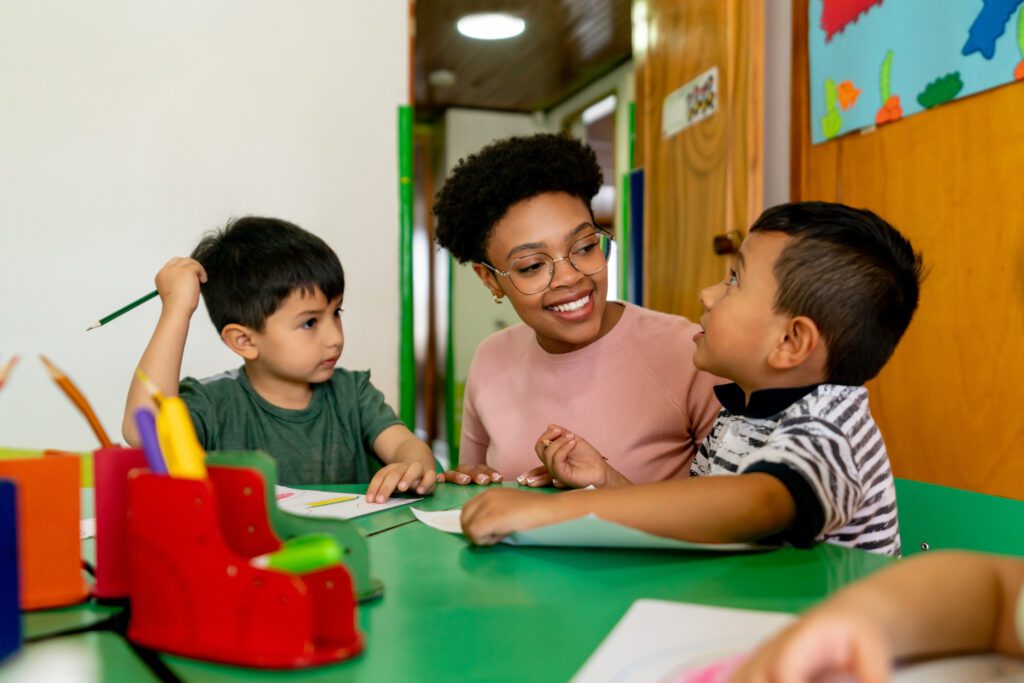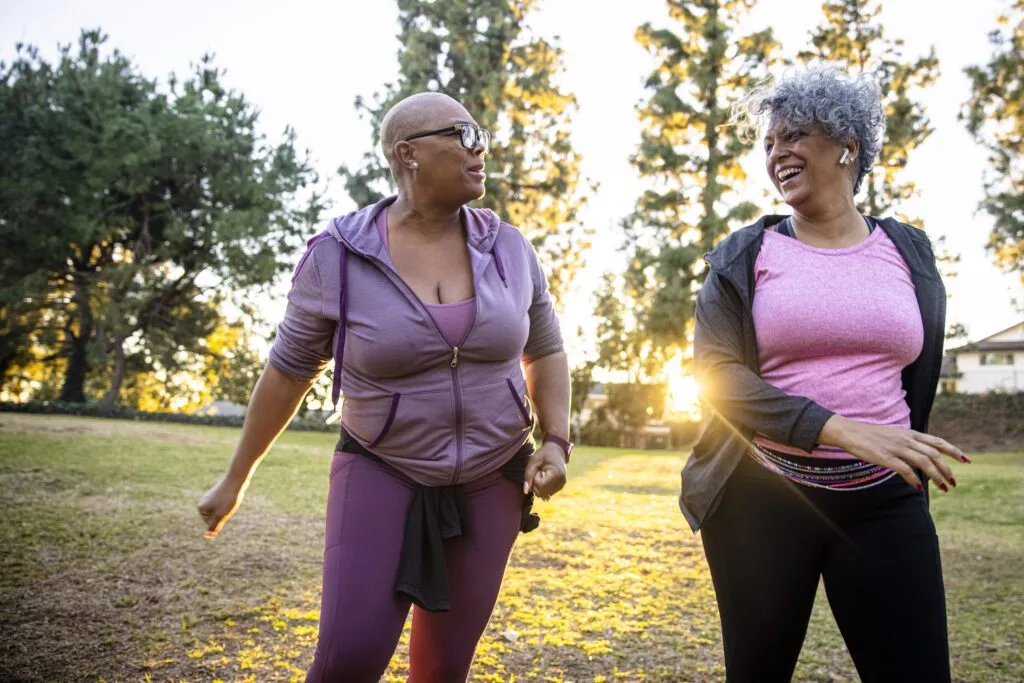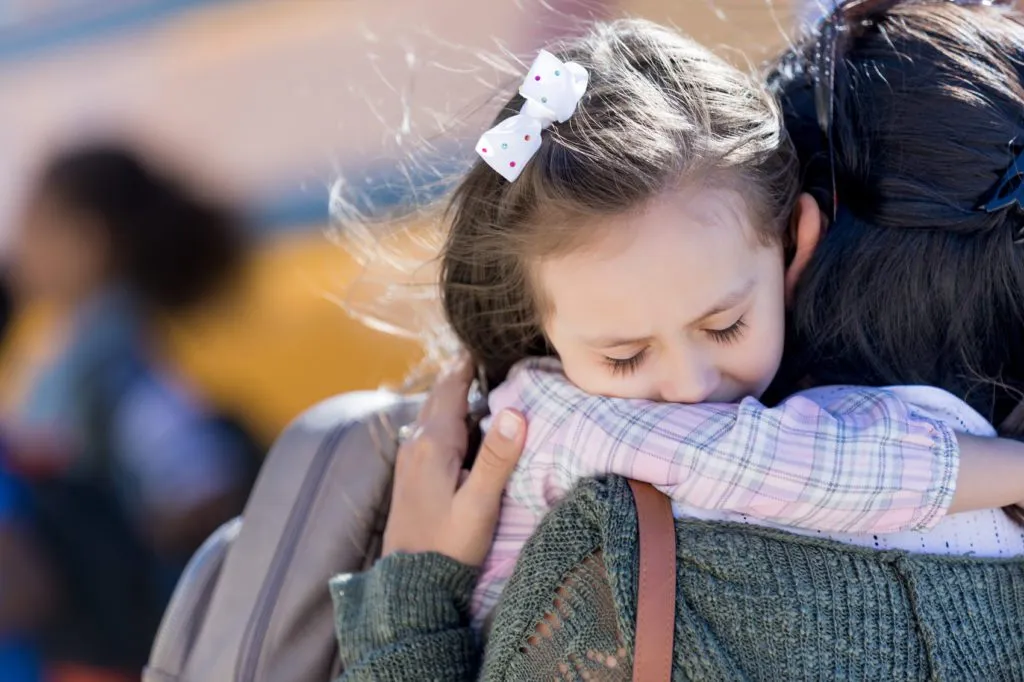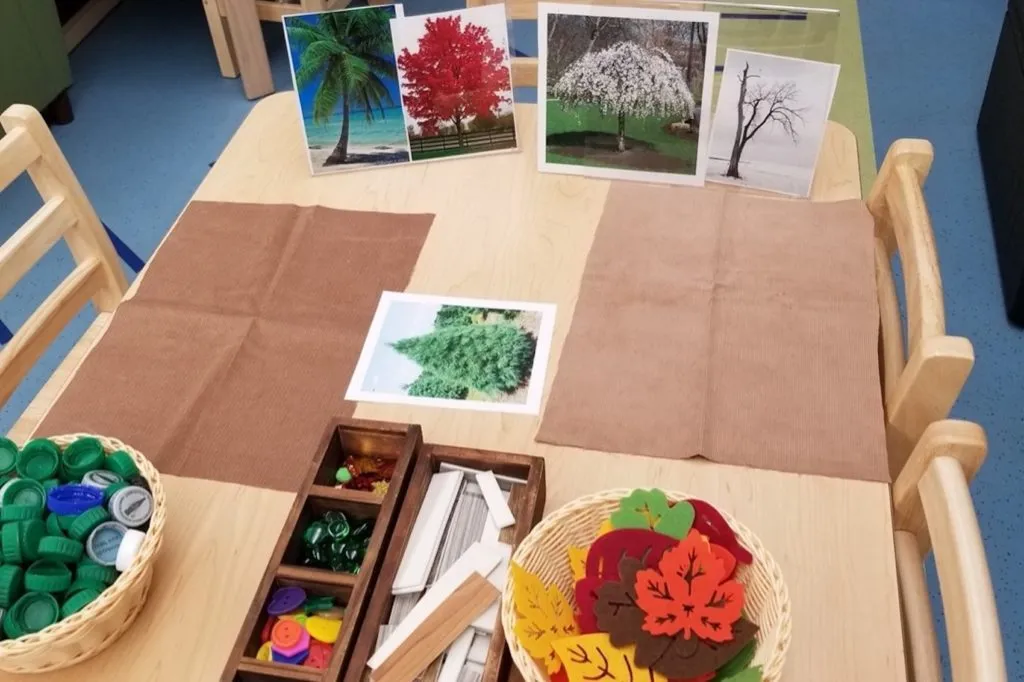3 Teacher-Approved Classroom Strategies to Try This Year

I always cherish the chance to visit classrooms and observe teachers in action, whether I’m there to coach, ensure fidelity, or just say hello! This has consistently been a passion of mine. Every time I leave a classroom, I never fail to come away with an idea that I’d love to implement in my own classroom, at home, in my parenting, or even in my professional life. The techniques and strategies used by teachers extend beyond classroom management alone.
One particular strategy I used as a teacher involved a small beach ball, sometimes exchanged for an inflatable globe. During our daily large-group roundup, I initially used the ball to encourage my class to share “what in the world” they had learned that day. I’d start by tossing the inflatable globe to the first person who wanted to share, and they’d then pass it along to the next participant. However, I eventually evolved this activity to focus on creating space for children to talk about the good things happening between peers in our classroom community.
At the end of the day, the beach ball would make its way around our circle as we heard small shout-outs about positive things that had happened between peers. It became an excellent way to foster a sense of community and positive thinking among us.
I was reminded of this strategy when I read a recent thread in The Hub, our online community of early childhood educators, where other educators shared strategies that have made their classrooms better over the past year.
Here are three that resonated with me.
1. Stephanie B. from Pennsylvania used a peer guidance routine to help children develop positive ways to communicate their frustrations. When children are having disagreements with each other, she encourages them to use her “Talk, Walk, Teacher” method, which encourages and supports independence, problem-solving, and a strong classroom community.
Talk: Talk to your friend and try to work it out.
Walk: Walk away: go to another center or area of the room.
Teacher: If they follow you and still bother you, go get the teacher.
2. Paige C. from Washington shared a bit about how including children in updating the classroom environment can have a positive effect on the community, saying,
“I spend time evaluating the materials/toys that students enjoy engaging in and removing materials that are no longer relevant. I will sometimes ask my student[s] to help plan for what materials can be changed, and even plan in rearranging furniture. I have found that when students are involved in some of the decision making, they are more engaged, and I experience fewer challenging behaviors.”
3. Cheryl W. from Illinois shared that often when an adult asks a child to do something, it can be seen as a demand, while when a peer asks something, it is a request. In her classroom, she encourages children to prompt each other on classroom routines, reducing the number of prompts from the teacher and encouraging children to move independently around the classroom. She teaches children three steps for peer-to-peer prompts.
1. Tap another child on the shoulder.
2. Say their name.
3. Say, “Let’s [go to the table, get in line, play, etc.].”
Cheryl says, “By the end of the year, I didn’t even need to prompt a student, they were always looking out for each other.”
Just reading about the strategies utilized by other teachers gives me a springboard for other great ideas. Reading about them in The Hub is almost as good as being there in person!

Interested in joining the conversation?
Teachers with access to the Teaching Strategies platform can join conversations and share insights with other educators in The Hub.
About the Author: Erin Holden
 Drawing upon more than two decades of expertise, Erin stands as a seasoned educator specializing in impactful professional development and coaching. Following a tenure in early childhood classrooms across New Jersey and Maryland, Erin transitioned to the Teaching Strategies team in 2006. She has since evolved into a skilled trainer, coach, and technical assistance provider, catering to the needs of early childhood educators and school leaders leveraging Teaching Strategies solutions.
Drawing upon more than two decades of expertise, Erin stands as a seasoned educator specializing in impactful professional development and coaching. Following a tenure in early childhood classrooms across New Jersey and Maryland, Erin transitioned to the Teaching Strategies team in 2006. She has since evolved into a skilled trainer, coach, and technical assistance provider, catering to the needs of early childhood educators and school leaders leveraging Teaching Strategies solutions.


